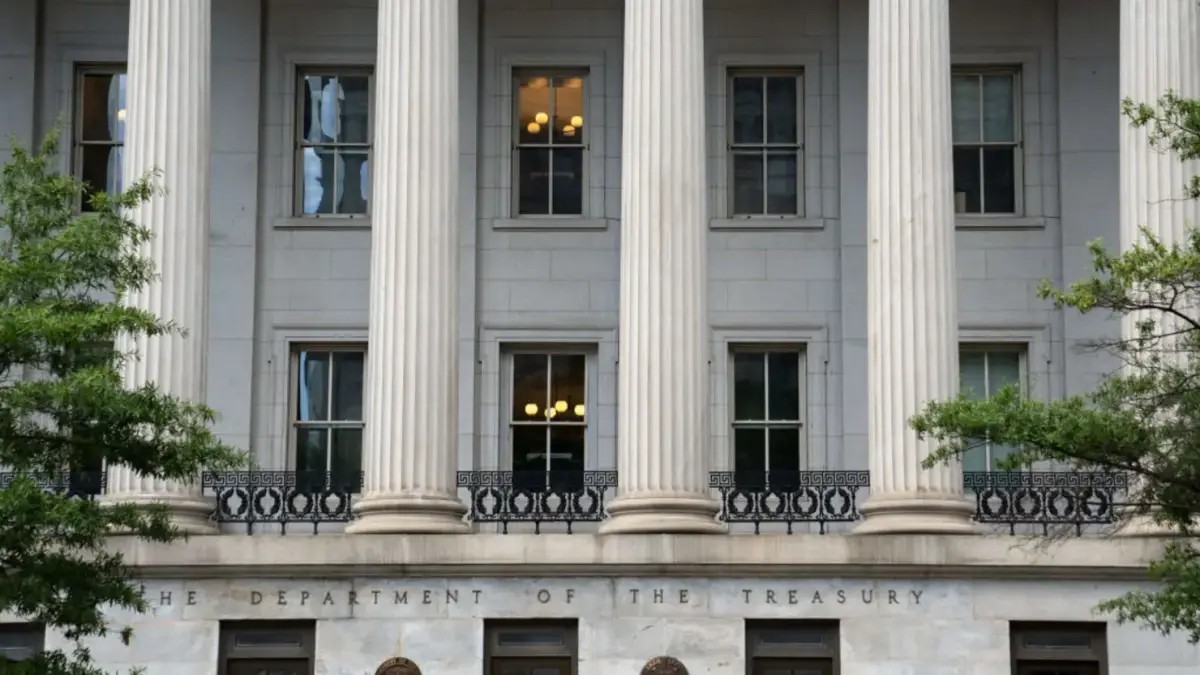The U.S. budget deficit surged in November 2024, widening by 64% year-over-year during the first two months of fiscal 2025, according to data released by the Treasury Department on Wednesday. The shortfall is now growing at a faster pace than last year when it exceeded $1.8 trillion.
For November alone, the deficit reached $366.8 billion, marking a 17% increase compared to the same month in 2023. This rise occurred despite federal receipts totaling $301.8 billion, a $27 billion increase year-over-year. However, outlays climbed to $668.5 billion, an increase of nearly $80 billion, driving the deficit higher.
Debt and Interest Payments Push Fiscal Strain
The mounting deficit has propelled the national debt to a record $36.1 trillion by the end of November. Adjusted figures reveal a year-to-date deficit of $544 billion, a 19% increase from last year.
A key driver of the deficit is interest expenses on the debt, which amounted to $79 billion in November and $160 billion for the fiscal year so far. These payments rank among the highest federal outlays, trailing only Social Security, Medicare, defense, and healthcare expenditures.
The Treasury Department projects that interest expenses for the fiscal year will total $1.2 trillion, underscoring the financial burden posed by rising debt levels.
Policy Challenges Amid Economic Pressures
Although the Federal Reserve has implemented two interest rate cuts since September, totaling 0.75 percentage points, borrowing costs remain elevated. Policymakers face the dual challenge of managing federal spending and addressing a fiscal trajectory increasingly dominated by interest payments.
The ballooning deficit adds urgency to fiscal policy debates, with implications for long-term economic stability and federal priorities.





